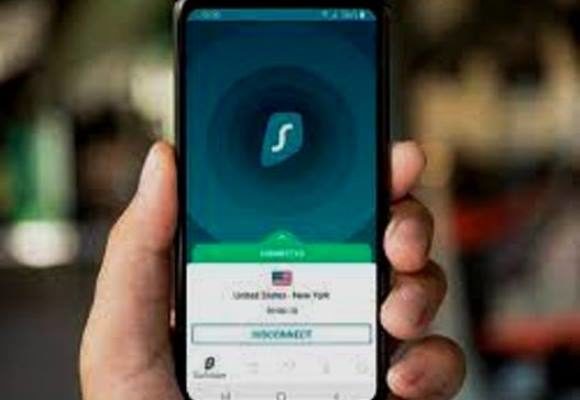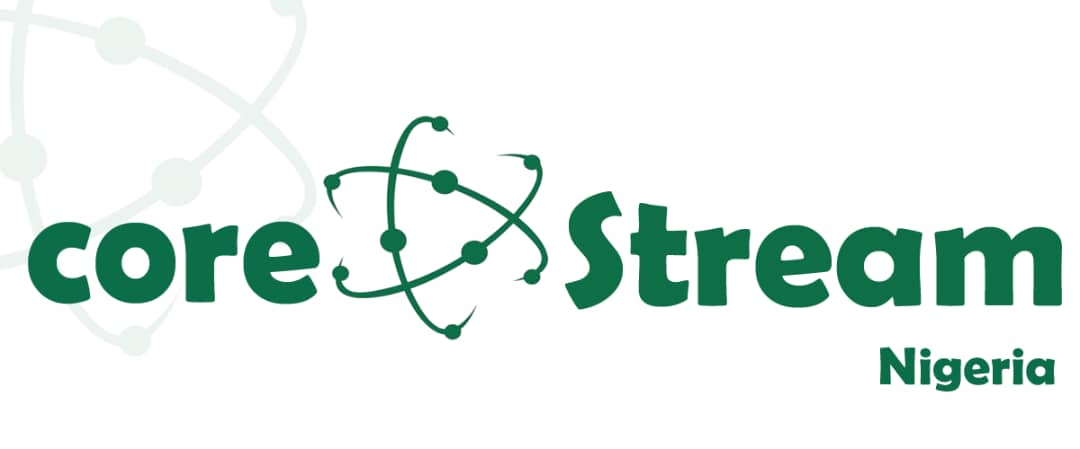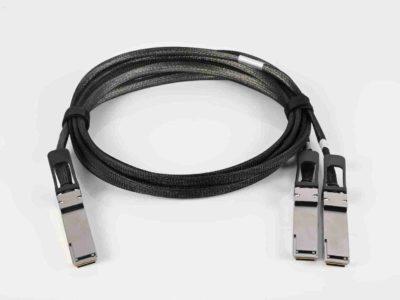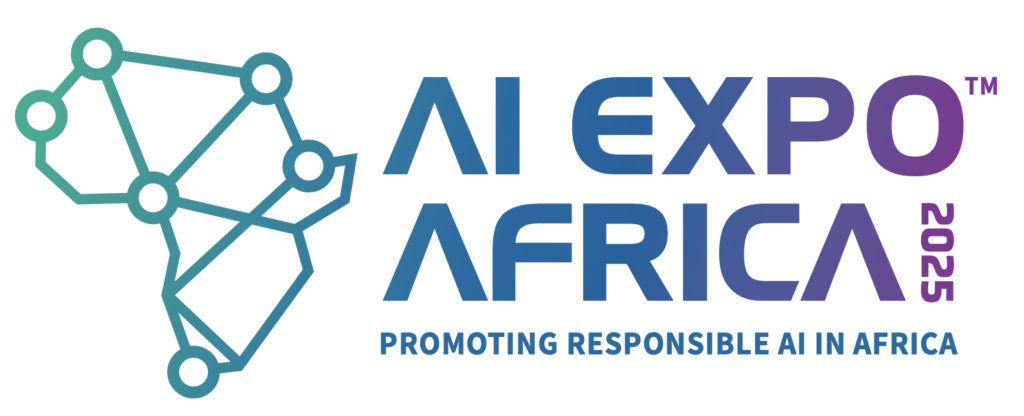Sufshark has recently registered a new patent focusing on a system for distributed trust-based communication. The company patents a new way to improve end-to-end encrypted messaging, allowing for more private communications by reducing the amount of metadata shared with service providers.
RELATED: Tech players, civil society groups want governments to protect encryption
“Today, the vast majority of people use network-based communications; in other words, they rely on the internet rather than traditional telecommunications to stay in touch for daily matters and share sensitive information — be it documents, pictures, or texts. With the exponential growth of these network-based communications, there is an evolving need for better security standards for our messaging,” says Karolis Kaciulis, Leading System Engineer at Surfshark and inventor of the patent.
“And while human error — such as the recent incident where Trump’s national security adviser added a journalist to a highly sensitive text chat — will always exist, there are other risks associated with private messaging and encryption that can be technologically improved. Our patent suggests solutions to improve the security of existing messaging methods.”
Birth of end-to-end encryption
To explain the patent’s proposal, Kaciulis goes back to explain why end-to-end encryption was born in the first place: “In the early days of social media, all of our messages were simply stored on Facebook or other messaging services the person would be using. This meant that anyone from the provider company could see the content of the communications. In order to address this enormous privacy malpractice, end-to-end encryption was invented.”
And while end-to-end encryption partially solved this issue, the problem hasn’t disappeared entirely.
“Today, Facebook or other services with end-to-end encryption can’t see the messages the user is sending, but a lot of metadata is still visible to the provider. For example, companies can see who sent a message to whom, when the message was sent, the size of the message, and many other things.”
Minimizing visible metadata
In its newest proposal, Surfshark outlines a plan to minimize visible metadata.
“The proposed method in our patent would include decentralizing the ownership of the message. In simple terms, this model would employ two separate companies, for example, two different VPNs during the encryption process. This would mean that during the whole transmission process, there wouldn’t be a single provider that had access to the information in its entirety. The patented method would ensure that the information is split. Thus, the metadata seen by the provider companies (as well as governments where they reside) is reduced,” says the patent inventor.
Surfshark currently has 22 registered patents, with plans to register more this year. “Innovation and continuous improvement are important to us in order to keep providing the best service to our clients. As the current technology landscape is changing faster than ever, our team is committed to keeping the same pace with the solutions we create.”
To read the Surfshark’s patent in its entirety, visit https://patents.google.com/patent/US12177196B2/en
































